
Decoding EV Chargers: Level 1 vs Level 2 vs Level 3
Cynthia2024-04-17T12:07:19-06:00FLO Charger is a well-known and reputed EV manufacturer. Many EV owners consider purchasing FLO chargers for their EVs but many newbies in the EV world can’t figure out which charger their vehicle needs. There are three different levels of EV Chargers so it’s natural to get confused but don’t worry, we are here to make things easier for you!
We are bringing forward a series that is particularly dedicated to this topic. Our series ‘Decoding EV Chargers: Level 1 vs. Level 2 vs. Level 3’ will help you understand different levels of FLO chargers.
But it is not just restricted to the types, you can also find the best place to purchase them and much more. Below is the overview of the series, see what each part has to offer you.
What is this series about?
Understand the three levels of FLO EV Chargers: This is the very first part of the series. Part 1 will cover all three levels while answering specific questions like their speed and cost. Scroll down to know more!
Explore the varieties of Level 2 EV Chargers: Residential, Private, and Public: This is Part 2 of the whole series. It will walk you through more classifications of the Level 2 Chargers. You can understand what Residential, Public, and Private chargers are.
Choosing the Right FLO model: Discover FLO Chargers offered by us!: This is the 3rd part of the whole series. It compares the FLO EV chargers that are offered by us, Pioneer Solar & Renewables. Part 3 will also provide some customer reviews thus, you can see what image FLO Chargers have in the minds of people!
Where to Buy FLO Chargers at the Best Price?: Coming to the final part of the series, it is all about providing you with some options for where you can purchase the FLO Chargers. You will also find a ‘How-to’ Guide if you want to purchase with us! Dive into Part 4 to know more.
As we are done with the series overview, let’s begin with part 1 of the series!
Dive deeper into the world of Level 1, Level 2, and Level 3 EV Chargers
LEVEL 1 CHARGER
What is a Level 1 charger?
A Level 1 charging station is a simple and affordable alternative for charging EVs. It consists of a standard household electrical socket and a nozzle cord, making it easy to install in a garage or parking area. Many passenger electric vehicles are furnished with an incorporated charging port adhering to the SAE J1772 standard (J port) for Level 1 charging.
To install this setup, one is required to connect the nozzle cord in the in-built SAE J1772 charge port and plug it into the 120-V electrical socket. That’s it! No additional infrastructure or app is required to charge the EVs. As far as the alerting system is concerned, the car dashboard will tell you that the EV is completely charged.

A level 1 charger is the slowest among all the other varieties available, but it is pretty much convenient for overnight charging. It gives you the range of 5 kilometers (3.11 Miles) of per hour charging. If an EV is kept charging overnight, then you can expect to have a range of about 30-40 miles. In case, your EV is empty and needs to get charged immediately then a Level 1 charger might not be a great help. It requires nearly 24 hours to accomplish the whole battery charge.
In short, Level 1 chargers are convenient only for those who rarely use EVs or can keep their EVs on charge for the whole night. But if you are a daily EV user then you might want to consider faster alternatives available.
How much do Level 1 chargers cost?
When talking about Level 1 Chargers, most of the expense cuts off due to the ease of installation. We know that if a person wants to use Level 1 Chargers, they just need a 120 Volt electrical outlet and the charging cord. Normally, nuclear family houses are already equipped with 120 Volt electrical sockets and the charging cord comes along with the purchase of EV. In the case of a huge property, installations of 120-volt electrical outlets would cost around $125- $300. This may differ according to the outlet area, location, brand, etc.
LEVEL 2 CHARGER
What is a Level 2 Charger?
A Level 2 Charger is a comparatively fast charging station that enables you to charge EVs without waiting for too long. It is an innovative and smart device that allows you to power your EVs either through a universal J plug or through Tesla’s exclusive cables and connectors.
When using J Plug; it is connected to a special box (can be referred to as the Brain of Charging System) that contains some electronic parts and software. These electric parts and software allow the EVs to access the network required for fast and effective charging. Level 2 Chargers require 240 Volt electrical outlets for charging purposes.
Level 2 chargers: Speedy or Sloth-like?
As mentioned earlier, Level 2 chargers outpace Level 1 chargers in terms of the speed that comes with the EVs. Unlike the basic Level 1 buddy, Level 2 chargers can power up your EV completely within 8-9 hours of charging. They cater a particular amount of AC power to an EV ranging between 3kW to 20kW. This range is good enough to provide you with the driving capability of 30 km to 50 km of per-hour charging.
Businesses often consider opting for Level 2 Chargers due to their capacity to power up the EVs in less amount of time. Many use this fast-refueling feature of Level 2 chargers to offer added value to visitors, employees, and tenants due to their quick charging and straightforward installation. Facilitating the administration of a network of Level 2 chargers is simplified by utilizing an appropriate operating system, allowing centralized control, and energy optimization for increased revenue.
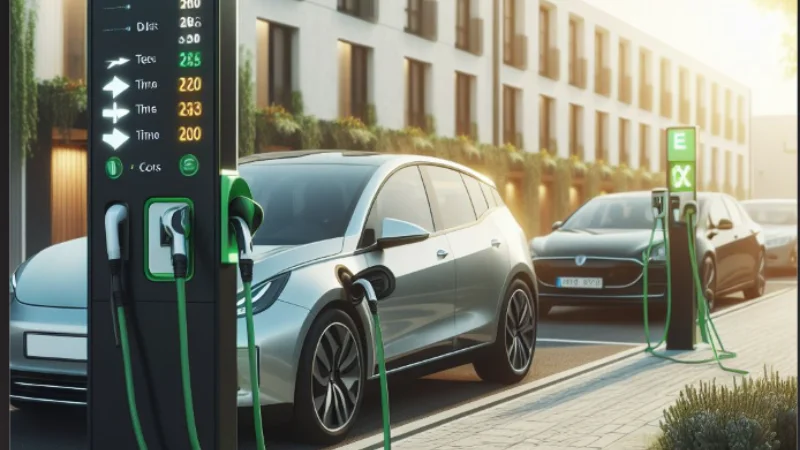
How much do Level 2 Chargers cost?
Assessing the complete cost of a Level 2 charger involves taking into account three variables.
- The charger's price itself varies, with hardware expenses ranging from as low as $299 to over $999, contingent on the brand and its utility.
- Installation costs vary depending on charger placement and usage. For multiple chargers, partnering with a local EV charging provider is wise. At home, it can be as simple as wall mounting, but hiring an electrician to install a 240V outlet may be needed, costing at least $300.
- Electricity expenses can vary by location and, occasionally, the time of day. According to the U.S. The Department of Energy, charging a typical EV at a standard electricity rate is estimated to be around $6.
In total, plan for a minimum of $1,000 for your initial Level 2 charger installation. However, the cost of additional chargers should significantly decrease once the electrical infrastructure is in place.
LEVEL 3 CHARGER
What is a Level 3 Charger?
Level 3 Chargers stand out as the swiftest option among the available charging solutions for electric vehicles. They take the support of Direct Current (DC) to refuel the EVs. Although they aren’t homogenized like the other two levels in terms of the connector used, i.e. they don’t use the universal SAE J1772 Plug, instead they are designed to be compatible with any of these three connectors mentioned below:
- Tesla Branded Plugs.
- CHAdeMO Plugs (mostly used by Asian manufacturers).
- CCS a.k.a. Combined Charging System.
This lack of uniformity is the cause of people recognising Level 3 Chargers with different names like ‘Tesla Supercharger’ or ‘DC Superfast Charger’. The main factors that make these chargers ‘Superfast’ are Current and Kilowatts.
Are they speedy enough to be called ‘Superfast’?
A Level 3 charger offers the EVs with a high power output of about 50kW to 350kW. This high electrical output charges the EVs to drive a distance of up to 20 miles in just one minute of charging. The reason behind this fast charging capability is that Level 3 chargers readily transmit electricity so that the batteries can be refueled easily and quickly.
Most EVs come with an in-built electricity converter that is responsible for converting the transmitted AC into DC as usually batteries utilize DC to function. Level 3 chargers are integrated with this conversion technology. Hence, they convert AC into DC before transmission and then supply DC to the batteries which charge them fast unlike the other two chargers which solely rely upon the in-built converter.
The swiftness of Level 3 chargers makes them valuable for owners and drivers, but successful management is crucial when deploying them at a charging location. If you plan to install Level 3 chargers, ensure you have the necessary software to efficiently oversee them.
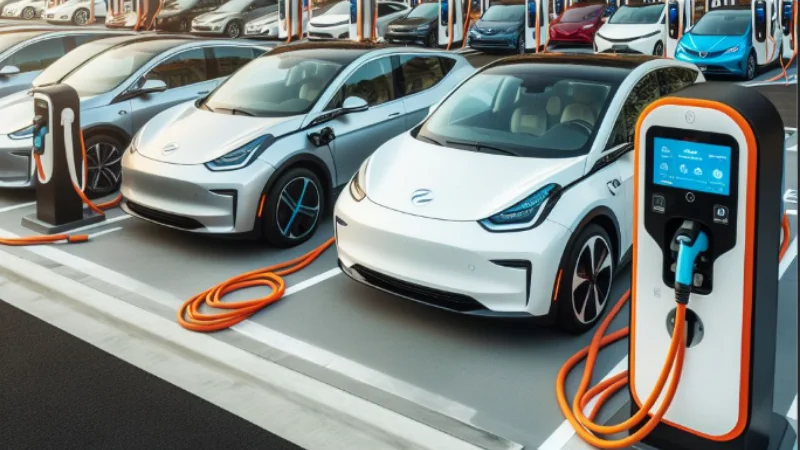
How much do Level 3 Chargers cost?
The process of setting up and operating a Level 3 EV charger involves substantial costs. Here's a breakdown to take into account:
Charger Prices: The prices of Level 3 chargers can easily cost you tons of dollars. This can also be counted as one of the reasons why the manufacturers inclined more toward bulk deployment instead of a few installations. This might present a challenge due to the high minimum order requirements, with some exceeding USD 1 million.
Installation Charges: Installation charges might vary from location to location as it hugely depends on the installation configuration of the locality. In case your current setup fails to support the level 3 chargers installation, you might want to upgrade it which may cost you bundles of dollars again.
Electricity cost: Continuous power usage is a significant expense throughout the charger's operational life. Expenses may fluctuate depending on time and season. Opting for smart power management software can enhance energy efficiency.
In summary, the initial setup expense for a Level 3 EV charging station is projected to be within the five-figure range. To optimize returns on this investment, it's essential to strategically position these stations in high-traffic areas, such as major highway exits or bustling locations.
What is the ending perception?
Navigate the electric vehicle charging landscape by understanding Level 1, 2, and 3 chargers. Tailor your choice based on convenience, speed, and costs. Choose the right solution for a seamless and efficient EV charging experience, embracing sustainable transportation.


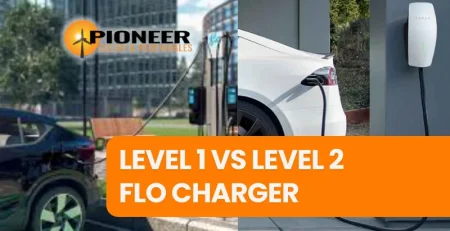


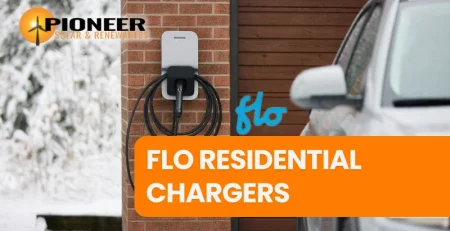



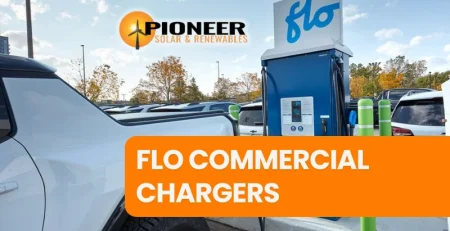
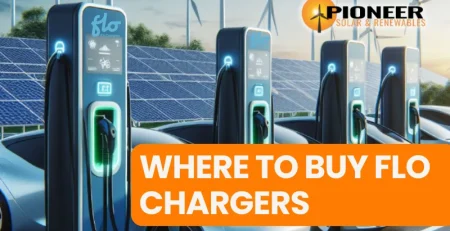

Leave a Reply